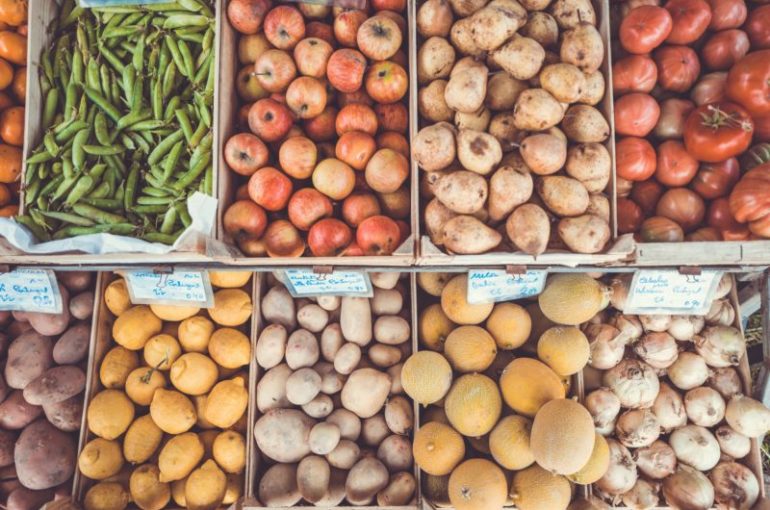Beyond the label: the future of food

Despite the tremendous power of free market forces, even Adam Smith claims that the ‘invisible hand’ can’t solve all economic issues. A government is needed to monitor the context and create a framework in which our economy is running smoothly. But how does this translate to the challenges associated with sustainability initiatives within the food sector?
As conscious consumers, we want to purchase goods that are good for us and the world around us. Consumers can shape their responsible consumption pattern, in which products that contribute to labor exploitation or environmental pollution are set aside. The creation of a sustainable food system will greatly help to achieve the Sustainable Development Goals (SDGs). But how will the journey towards such a system look like?
This summer, the Centre for Research on Multinational Corporations (SOMO), shared its research report on the labor conditions within the orange juice supply chain. The Brazilian pickers, who collect the oranges for our juices, are working under conditions way below the international standard. A problem? Not on paper. It appears that the buyers and companies concerned are affiliated to different initiatives and labels, which should prevent or solve the issues or problems found. The Dutch government encourages market driven solutions. Better to leave it up to the ‘invisible hand’ than to interfere. But what’s the use of these initiatives and labels if they can’t guarantee actual a proper standard?
Let’s get this clear. Labels and guidelines are in fact useful tools to create focus. They enable companies to set goals and to start the journey on the road towards sustainability. As a result, the situations at certified plantations are – overall – better than at non-certified plantations. But, as the SOMO report shows us, there are still violations of rights and guidelines. And this is not specific to the food sector. In the natural stone sector, similar violations take place and appear in the news on a regular basis.
We need to do more
So, what is the actual meaning of these initiatives and labels? As consumers, we are confronted on a daily basis with an abundance of labels and logo’s on the products we purchase. How can we make a responsible choice, if their meaning is unclear and purchasing them will not guarantee the exclusion of labor exploitation or environmental pollution? What is their added value? Are these labels examples of what must be the Dutch ‘invisible hand’? What would Adam Smith think?
It’s not enough. We need to be able to make the right choices in our daily shoppings. We need clarity, and one internationally recognized standard in combination with a sector-wide ambition to solve the problems and create transparency. Fortunately, we have the SDGs, a set of development goals issued by the UN, on which every market party can communicate and report in a transparent way. So that’s one part of the puzzle solved. But how do we get that sector-wide ambition, so that we are able to see how the orange juice producers will score in the future?
If the sector-wide ambition will not be realized, Smith’s Invisible hand has failed. And as a result, Governments should kick in to construct a law to require disclose of supply chains and demand transparency, so that every company will account for the way it’s doing business and with whom. So-called ‘fair accountants’ can check the reports and every citizens or NGOs should be able to see the data in the end. But is that what we want? Luckily, this does not yet display the current situation. The recently signed covenant on sustainable juice is one step in the right direction, but it does not get us where we want to be.
True cost: a market-driven solution?
But then there might be a solution in the free market forces when we see positive impact coming up as companies’ value creators, with the SDGs as our shared ambition, intrinsically fueled. The greater a company’s positive impact, the higher their brand value will be. Here is a thought: why not include positive impact on the product label as an ingredient? It sounds naïve to think that the market is willing to create such insight, so maybe the government has to play a role here. In the end, we have to find a way to empower consumers to choose the product with the highest positive impact. It’s the way to go if we want to make an actual contribution to a sustainable food system before 2030. Maybe Smith’s ‘invisible hand’ can still work and we can all purchase our oranges at true cost in the end (Nature&More has some great examples of various products). Because that’s what we want to put inside of our shopping baskets, bottles of orange juice that create positive impact on our world!
Want to know more? Subscribe to our food newsletter or contact us for your impact questions or dilemmas!